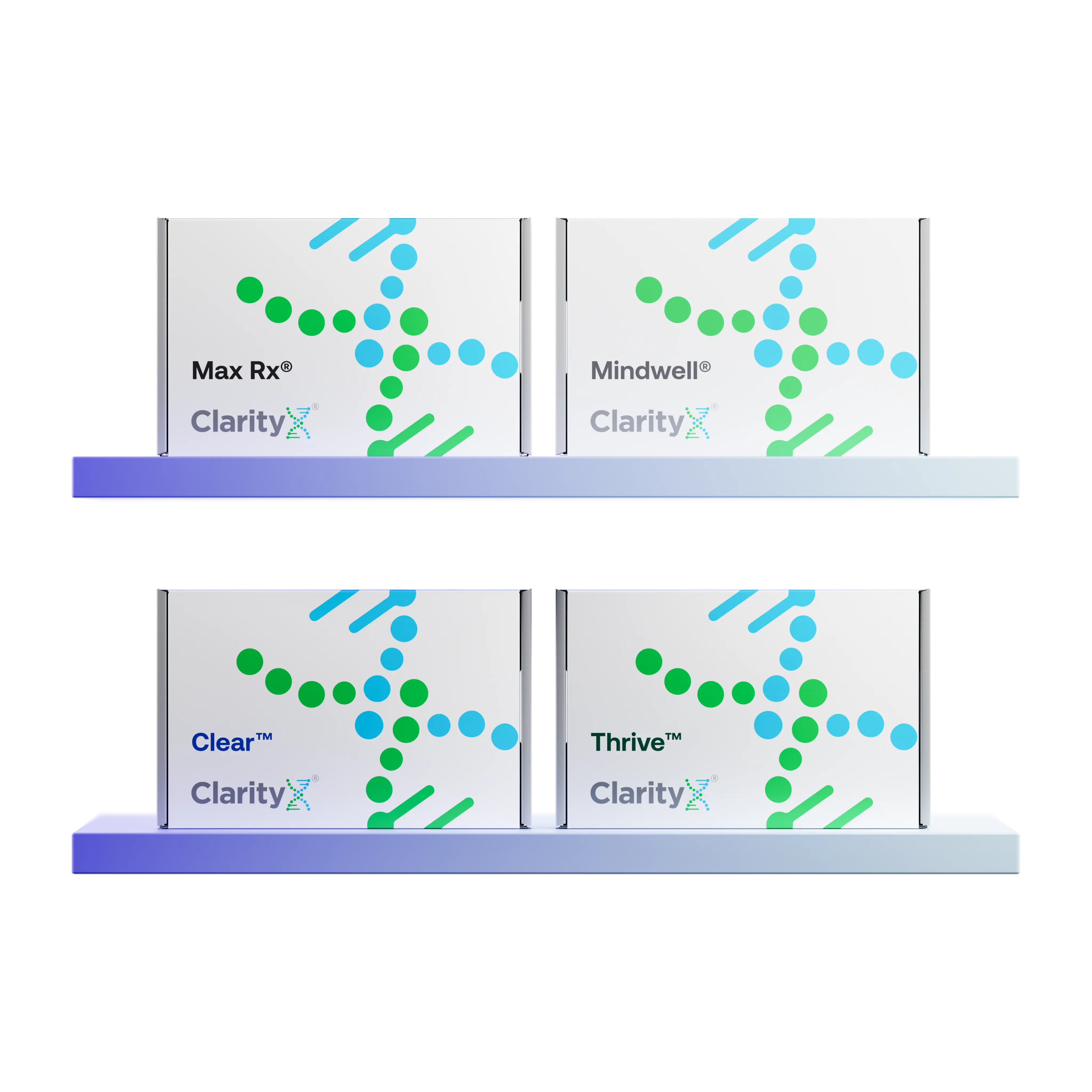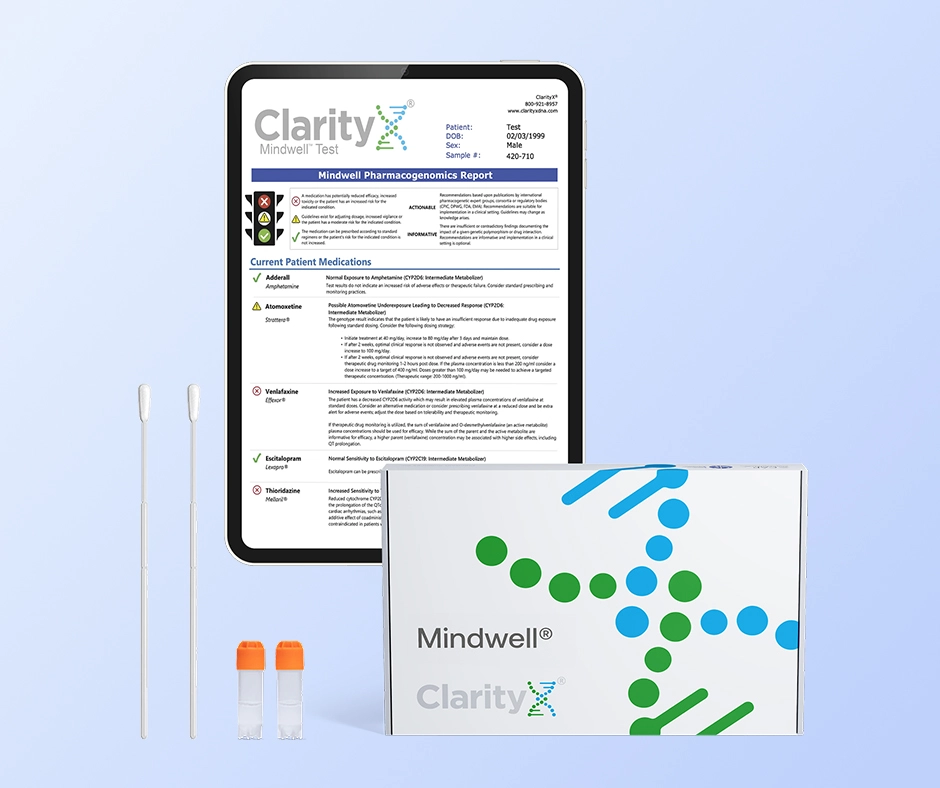Key Highlights
- Labetalol is a beta-blocker primarily used to treat high blood pressure. It functions by relaxing blood vessels and slowing the heart rate.
- Labetalol usually lowers blood pressure within one to two hours after you take it by mouth. The time it takes to work can be different for each person.
- Some things that affect how well labetalol works include the dosage, metabolism and any other medications you use.
- It is very important to check your blood pressure regularly. This helps you see how well the drug works and if you need to change the dosage.
- Common side effects of labetalol are often mild. They may include dizziness, nausea, and headaches. If you experience severe or persistent side effects, it is crucial to seek medical advice immediately.
Introduction
Labetalol is a medication that doctors frequently prescribe to help control high blood pressure. In recent years, it’s become more commonly used to help manage hypertensive crises and to provide a safer option for blood pressure management among pregnant women. This blog will explore some of the factors that can influence labetalol’s effectiveness and its potential side effects, including how long it may take to notice these effects.
Understanding Labetalol
Labetalol is a useful medication for treating high blood pressure, also known as hypertension, and is a particularly beneficial treatment option for pregnant women.
What Is Labetalol?
Labetalol is a prescription medication approved by the FDA to treat hypertension (high blood pressure). Labetalol is a beta-blocker. This means it blocks the effects of hormones like epinephrine and norepinephrine. These hormones can cause your heart rate and blood pressure to rise.
Labetalol is available in both tablet and injection form. Doctors often give tablets for long-term management of high blood pressure. The injection form is usually used in hospitals to quickly control high blood pressure.
Improved management of blood pressure can help prevent serious problems that can come from the condition, such as heart disease and stroke.
How Labetalol Works in the Body
Labetalol is a beta-blocker that interacts with specific receptors in the body known as beta-adrenergic receptors. These receptors are found in various areas, such as the heart and blood vessels. By blocking these receptors, labetalol diminishes the effects of hormones that typically increase heart rate and constrict blood vessels, thereby reducing vascular resistance.
As a result of this action, labetalol lowers blood pressure by decreasing the force of each heartbeat. This reduction in heart rate helps alleviate the heart’s workload, enhancing its capacity to lower blood pressure.
Additionally, because labetalol is a non-selective beta blocker, it also acts on alpha adrenergic receptors and helps relax and widen blood vessels. This makes it easier for blood to flow throughout the body, which ultimately reduces blood pressure.
Factors Influencing Labetalol's Effectiveness
Labetalol is highly effective in treating high blood pressure. However, various factors can influence its efficacy for individuals. These factors can impact how the body absorbs, processes, and utilizes the medication.
Doctors consider these factors when determining each patient's appropriate dosage and treatment plan. For labetalol to effectively manage high blood pressure, it is essential for patients to communicate openly with their healthcare providers and review their medical history, current medications, and lifestyle.
Dosage and Administration
The amount of labetalol a person receives can vary significantly. This depends on their health, the severity of their hypertension, and their response to the medication. It's crucial to adhere closely to your healthcare provider's instructions, including storing labetalol at room temperature and checking the dosage on your prescription label.
When prescribed for consistent use, labetalol is often started at a low dose that is gradually increased until your blood pressure is under control. You may take labetalol once or twice daily, depending on the prescribed dosage and form.
Do not change your labetalol dose or discontinue the medication without consulting your doctor first. Sudden changes may lead to dangerous fluctuations in blood pressure that can affect your health.
Individual Health Conditions
Pre-existing health conditions can impact the effectiveness of labetalol. Individuals with heart disease, such as heart failure, bradycardia (a slow heartbeat), or tachycardia (a fast heartbeat), may require a different dosage or closer monitoring by their healthcare provider.
Liver disease can impact how the body processes labetalol, potentially leading to an excess of the medication remaining in the body. Liver tests may be recommended to ensure the medication is effective and minimize the risk of side effects.
Additionally, individuals with lung diseases such as asthma or chronic obstructive pulmonary disease (COPD) should exercise caution when using labetalol, as beta blockers may diminish the effectiveness of specific breathing treatments. It’s crucial to inform your doctor immediately if you experience any worsening of breathing issues during treatment.
Genetics may also play a role in how labetalol is metabolized in the body. Individual variability in metabolism can influence how effective the medication may be or how likely it may be to cause side effects.
Interaction with Other Medications
Labetalol can interact with various medications, both prescription and over-the-counter, which may increase the risk of certain side effects. Some drugs can enhance or diminish the effectiveness of labetalol, potentially affecting your blood pressure levels and leading to unexpected fluctuations.
For example, diuretics help lower high blood pressure by eliminating excess fluid from the body. When combined with labetalol, they can cause blood pressure to drop more than intended. It's crucial to closely monitor this combination to prevent low blood pressure.
Discuss all your medications, including vitamins, supplements, and herbal products, with your doctor or pharmacist. This will help prevent potential issues with labetalol. Following this guidance will assist in controlling your blood pressure and reducing the likelihood of problems due to drug interactions.
Measuring Labetalol's Impact
Changes in blood pressure may not always be immediately apparent based on how you feel. Early in therapy, as the body adjusts to the medication, you may be more likely to feel dizzy. However, this effect should be short-lived (if you feel dizzy longer than a few days after starting or changing a dose, contact your healthcare provider).
Blood pressure readings are needed to gauge how well the medication is working.
Blood Pressure Monitoring
Regularly checking your blood pressure at home is very helpful while taking blood pressure medications like labetalol. Using a home blood pressure monitor is straightforward. It allows you to track your progress and identify any concerning changes. Consult your healthcare provider about which monitor is most suitable for you.
While checking your blood pressure, maintain a logbook. Record your readings, the times you take your medication, and any factors that might influence your blood pressure, such as stress or missed doses. This careful tracking provides valuable information about the progress of your treatment. It also aids your healthcare provider in adjusting your therapy if needed.
Identifying Signs of Effectiveness
Although fluctuations in blood pressure may not always be readily apparent in the way you feel, there are some important potential signs that blood pressure is either much too high or much too low.
For instance, headaches or disruptions in vision may indicate that blood pressure is rising. Checking your blood pressure is recommended.
If you feel tired, dizzy, or faint, this could mean that your blood pressure has dropped too low, which is called hypotension.
If you notice any unusual symptoms or changes in your blood pressure readings, it is vital to seek medical advice immediately. This helps ensure your safety and well-being while using Labetalol.
Potential Side Effects and Management
While labetalol is usually safe for most people, it is important to know about its possible side effects.
Common Side Effects
Labetalol is usually safe for people, but like most medications, it can cause some side effects. Some side effects may improve as your body gets used to the drug. If any side effects linger or worsen, contact your healthcare provider.
Common side effects of labetalol include:
- Dizziness or fainting, especially when you stand up too fast from sitting or lying down
- Nausea
- Swelling of the lower legs
Labetalol can hide some symptoms of low blood sugar, so people with diabetes should check their blood sugar levels carefully while taking this medicine.
Beta blockers like labetalol may also reduce the efficacy of some breathing treatments used to help manage conditions like asthma and COPD. Monitor potential changes in breathing symptoms carefully.
When to Seek Medical Advice
Labetalol is effective for managing high blood pressure. However, it’s important to recognize when to seek medical help. You should obtain medical attention immediately if you experience sudden or severe side effects such as difficulty breathing, chest pain, swelling in your arms or legs, or an irregular heartbeat.
Even mild side effects that persist or worsen should not be ignored. Consulting your health care professional can help determine what’s wrong. They can also adjust your treatment plan if necessary.
Always communicate openly with your healthcare provider or care team about any concerns. This is crucial for your safety and treatment success.
Conclusion
Labetalol is a highly effective non-selective beta blocker that helps manage high blood pressure. Because it can work quickly, it’s often considered a helpful option in managing hypertensive crises. It can also be dosed consistently over time to help keep blood pressure in a healthy range. When used consistently, it’s helpful to monitor your blood pressure. This helps identify any trends over time so adjustments can be made when necessary.
Lastly when considering treatment options like labetalol your genetics can also play a vital role in determining which medications will be best suited for you. A simple test can help reduce the trial and error process associated with finding the right medication. Find out more by visiting www.clarityxdna.com
Frequently Asked Questions
How quickly does Labetalol start to work?
Labetalol starts working within about 30 minutes to an hour when taken orally. When used for longer-term blood pressure management, observation of trends over the course of several weeks is needed to inform dosage adjustments.
Can Labetalol's effectiveness vary between individuals?
Labetalol can affect individuals differently. This variability is due to factors such as their metabolic rate and overall health. It's important to monitor how it impacts you. Additionally, consulting with a healthcare provider can offer personalized advice that suits your needs.
What should I do if I miss a dose?
If you forget to take a dose, do so as soon as you remember. However, if it's nearing the time for your next dose, simply skip the missed dose and return to your usual schedule. Avoid taking two doses at once. If you’re concerned about missed doses, please contact your healthcare provider.
Are there any foods or substances I should avoid while taking Labetalol?
In general, limiting salt intake may be recommended as it can directly impact blood pressure levels. Substances like alcohol may increase the amount of dizziness experienced.
How long should I be on Labetalol?
The duration of labetalol treatment can vary from person to person. It relies on how well you respond to the medication. Your healthcare provider will help you determine the length of your treatment. They will also frequently review your treatment plan to ensure it is safe and effective.
References
https://dailymed.nlm.nih.gov/dailymed/drugInfo.cfm?setid=abfc6b75-1ed5-41f1-0484-4597488237bc
https://www.ncbi.nlm.nih.gov/books/NBK532906/
https://www.ncbi.nlm.nih.gov/sites/books/NBK534787/
https://files.cpicpgx.org/data/guideline/publication/beta_blockers/2024/38951961.pdf
https://clarityxdna.com/blog/learn/pharmacogenetics-testing/
https://clarityxdna.com/blog/learn/genetic-testing-for-high-blood-pressure/






